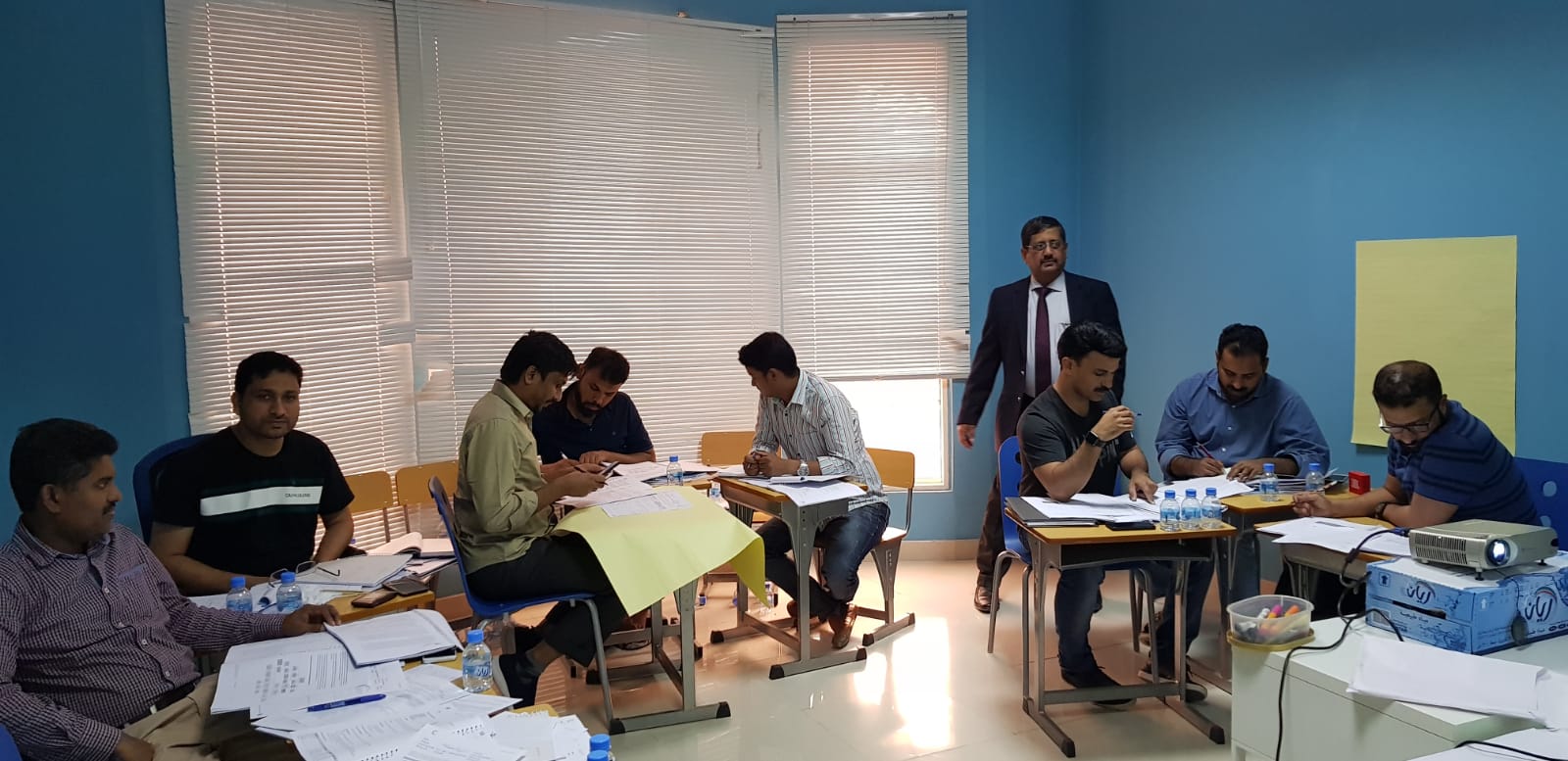




Capability Maturity Model
In 2000, the extended the CMMI model was published with a focus on systems engineering and software development. The predecessor of the Capability Maturity Model Integration, the CMM (Capability Maturity Model), was developed in 1991 by the Software Engineering Institute at Carnegie Mellon University, USA. Like other CMMs, the Capability Maturity Model Integration (CMMI) models provide guidance to use when developing processes. The CMMI models are not processes or process descriptions.
The purpose of the CMMI is to provide guidance for improving your organisation’s processes and your ability to manage the development, acquisition, and maintenance of products or services
CMMI integrates proven approaches into a structure that
• Establishes priorities for improvement
• Helps you implement these improvements
How CMMI is different: The CMMI provides an integrated, consistent, enduring framework for enterprise-wide process improvement and can accommodate new initiatives as future needs are identified. Unlike single-discipline or stove-pipe models that can result in confusion and higher costs when implemented together.
Who it is for: Those providing systems and software engineering products and services to organizations who transform customer need expectations, and constraints into products, and supporting these products throughout their life.
A maturity level is a well-defined evolutionary plateau toward achieving a mature software process. Each maturity level provides a layer in the foundation for continuous process improvement.
In CMMI models with a staged representation, there are five maturity levels designated by the numbers 1 through 5
- Initial
- Managed
- Defined
- Quantitatively Managed
- Optimizing
Level | Focus | Key Process Area | Result |
| Level 5 Optimizing | Continuous Process Improvement |
| Highest Quality / |
| Level 4 Quantitatively Managed | Quantitatively Managed |
| Higher Quality / |
| Level 3 Defined | Process Standardization |
| Medium Quality / |
| Level 2 Managed | Basic Project Management |
| Low Quality / |
| Level 1 Initial | Process is informal and Adhoc | Lowest Quality / |